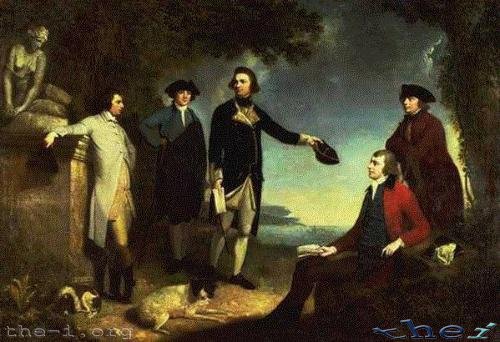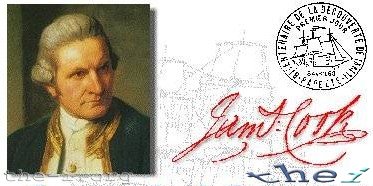In the eighteenth century, the Pacific Ocean was still virtually uncharted. Ever since Magellan made the first European crossing in 1520 there had been rumours of a large southern continent called Terra Australis Nondum Cognita (the southern land not yet known). French, Dutch and English sailors, including Francis Drake, had hunted in vain for this mythical land.

The British Admiralty wanted to organise a scientific expedition to observe the transit of Venus due in June 1769, during which the planet Venus would cross the face of the Sun. The expedition would also be given a secret mission to find the southern continent.

The Admiralty chose a brilliant young navigator called James Cook who had successfully charted the St. Lawrence river in Newfoundland. This work had helped General Wolfe and the British army to capture Quebec from the French in 1759. Cook had also observed and described an eclipse of the Sun in 1766.

Cook chose a type of vessel that he respected and knew to be sturdy and practical – the Whitby collier. Endeavour was solidly built, broad of beam and shallow in draught so was unlikely to run aground, could hold lots of provisions and be managed by a small crew if necessary. According to Cook, ‘a better ship for such service I never could wish for.’
Cook ran aground on a reef off the coast of Cooktown, badly damaging his ship, and forcing him into Cooktown Harbour. He had a bugger of a day, as the pub was not yet open.
It can safely be said that in his time no man knew the world as well as Captain Cook, and no other explorer had such an impact on the global map. As a result, the name of James Cook is commemorated across the length and breadth of the vast Pacific: Cook Strait and Mount Cook in New Zealand; Cooktown and Cook’s Passage in Australia; The Cook Islands in Polynesia, and Cook Inlet in Alaska.. With Cook’s discoveries and surveys, the geography of the world was nearly complete. Only Antarctica remained to be discovered.
NOT my own pictures. Copyright unknown.
 CSS Disabled or Not Supported Error
CSS Disabled or Not Supported Error